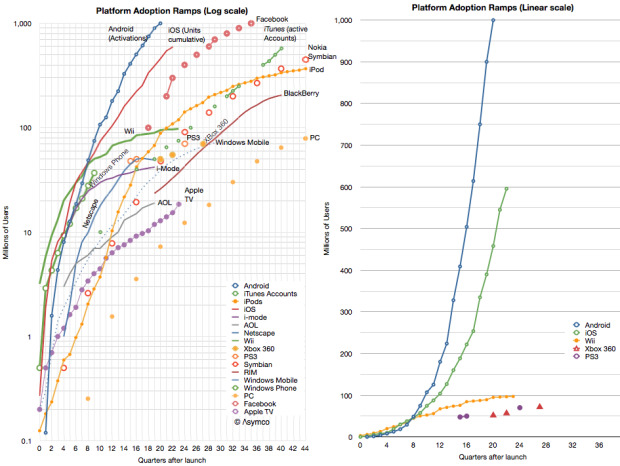When a prosperous company buys a struggling company you have to wonder what they’re really buying.
Here’s how to think about it. A company is defined as the sum of three values: resources, processes and priorities (RPP). Everything of value can be classified into these three categories.
When one company buys another it’s the equivalent of one set of RPPs trying to engulf or swallow another set of RPPs. The simplest (naïve) interpretation is that an acquisition is the purchase of Resources in terms of customers, sales, profits, etc. It might be of assets like employees, intellectual properties, brand etc. I say this is naïve because Resources are the easiest to value because they can be measured and valuing only what can be measured while ignoring what can’t be measured is deeply mis-pricing.
So most people look for the “R” value or the value of Resources in an acquisition. It’s may be naïve but it is what markets typically value because it’s what they can price. But what happens when the “R” is flimsy or fleeting?
The answer has to be that it’s the processes or even priorities which are valued by the acquirer.
Continue reading “Who's buying whom?”


